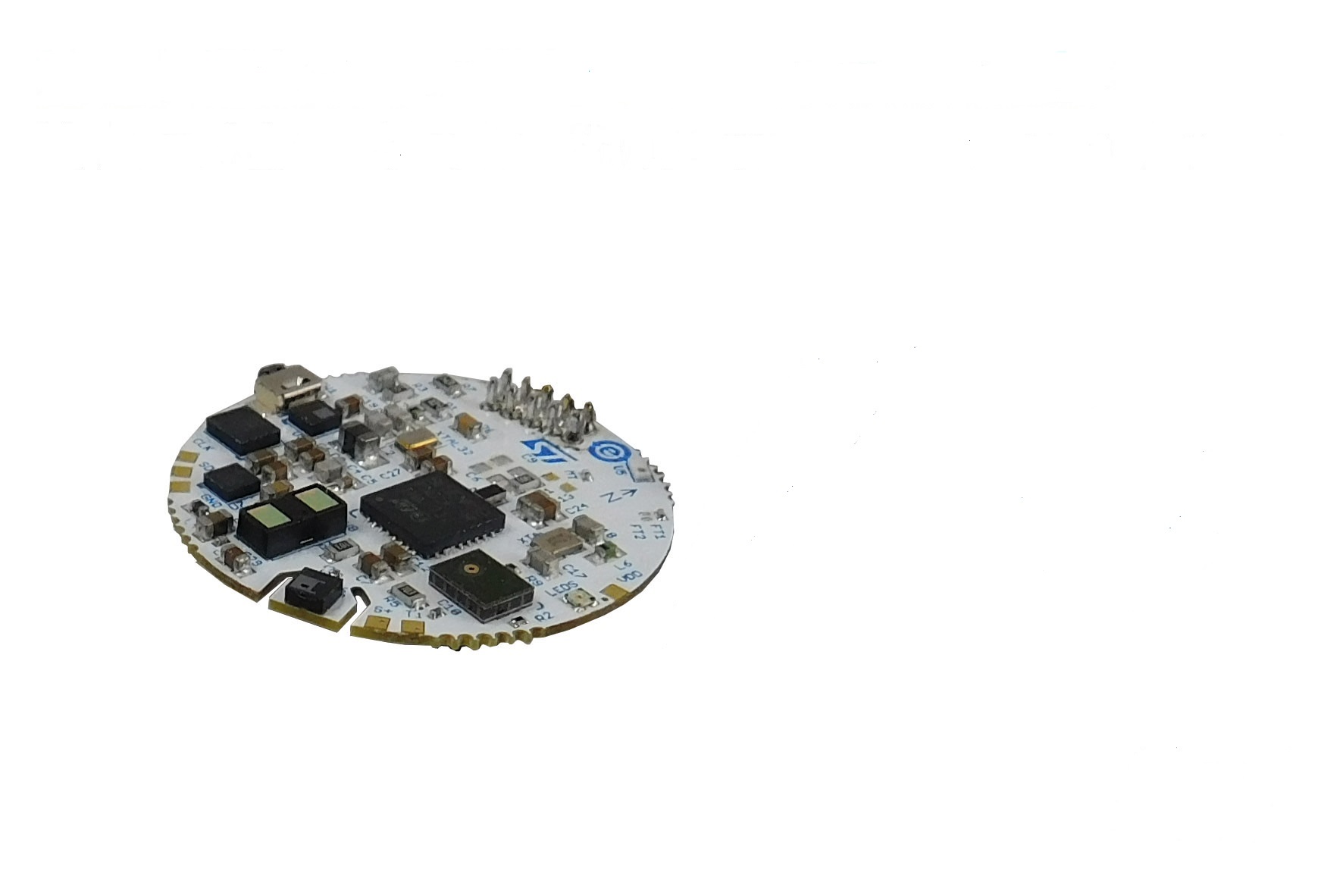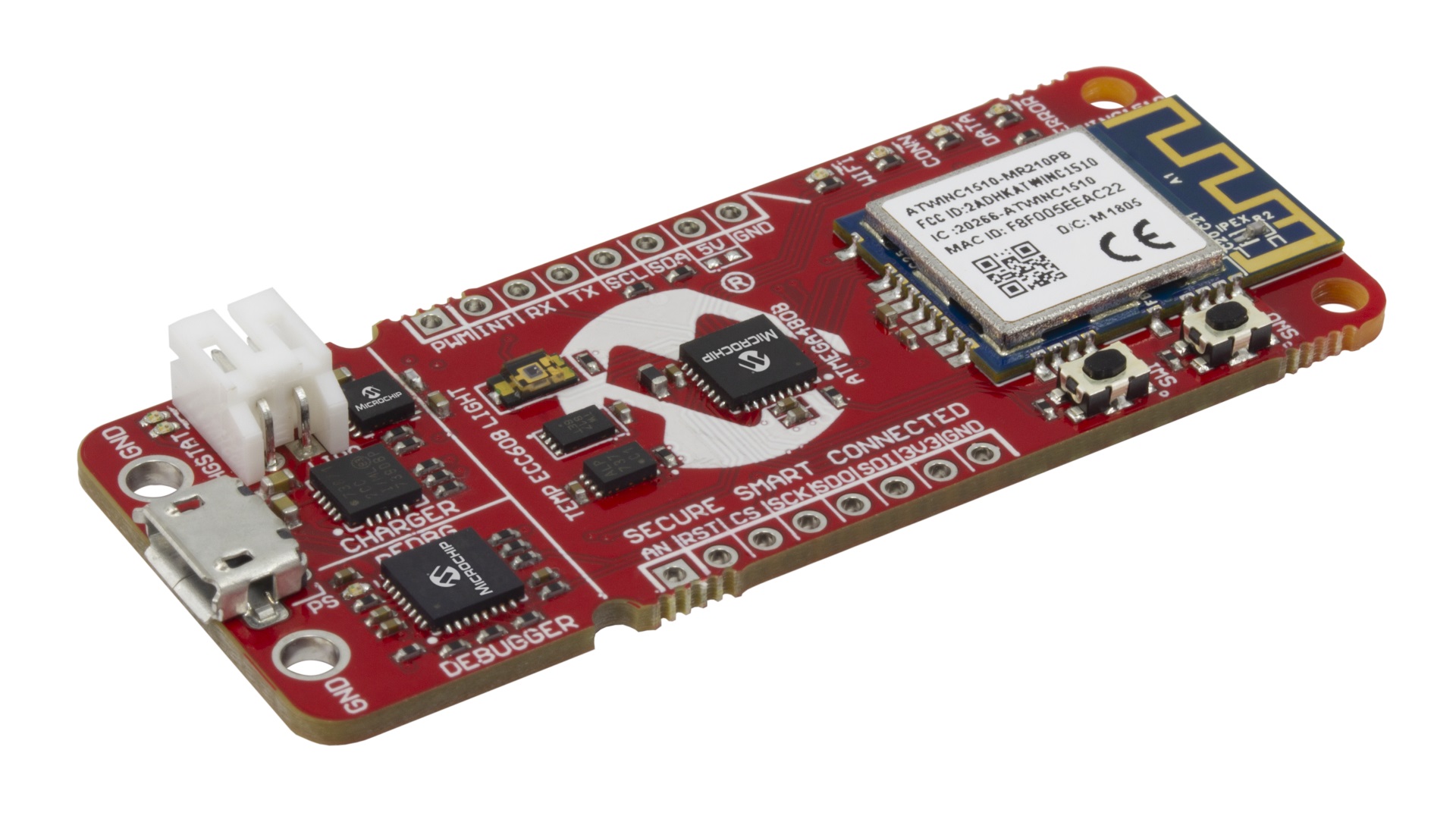By Majeed Ahmad, contributing writer
A new breed of development kits is facilitating all three tenets of IoT design — ease of use, security, and business value — in the simplest manner possible. For a start, these design kits bypass the exhaustive process of connecting IoT devices to the cloud, thus shortening time to market significantly.
Once connected, developers can quickly deploy IoT devices to collect, process, and analyze data and unlock insights from the data gathered at IoT nodes. Moreover, they have access to the cloud’s IoT infrastructure of artificial intelligence (AI) and machine-learning applications.
So design engineers don’t require specialized expertise in networking protocols as well as security-related tasks such as authentication, key provisioning, and Transport Layer Security (TLS) hardening. They can also bypass the constraints related to large software frameworks and real-time operating system (RTOS) platforms, allowing developers to prototype IoT devices in a much shorter timeframe.
Here is a sneak peek into five IoT kits from leading microcontroller (MCU) suppliers. They provide a glimpse into how IoT design kits streamline different building blocks and accelerate the path to production.
1. Sensor node kit
First, take the example of BlueNRG-Tile, a coin-shaped development kit for IoT nodes from STMicroelectronics. It’s an all-in-one battery-operated design kit that encompasses everything to create an IoT node or network of nodes, including motion, environmental, acoustic, and other sensors.
On the hardware side, it’s built around a Bluetooth Low Energy (BLE) 5.0 single-mode system-on-chip (SoC) that is powered by an Arm Cortex-M0 core processor with up to 256 KB of embedded flash memory. The BlueNRG-2 Bluetooth chip, which communicates with a free iOS or Android demo app on a nearby smartphone, also facilitates control and processing power for sensors.
On the software front, BlueNRG-Tile offers sensor fusion and event detection algorithms, including MotionFX, ST’s nine-axis inertial sensor-fusion software optimized for the Arm Cortex-M0 processors. The IoT kit also comes with BlueNRG-Mesh networking library, voice-over-BLE code, and a few design examples.

Fig. 1: ST’s IoT kit, which comes with a size-optimized RF balun, squeezes the form factor to a 2.5-cm diameter. (Image: STMicroelectronics)
ST is targeting this sensor node kit at smart home and smart building applications. The kit can be accessed for programming and debugging through a motherboard. An evaluation kit offers a convenient onboard debugging and programming interface, multi-color LED, and a configurable wake-up pushbutton.
2. Cloud connectivity kit
Microchip Technology’s AVR-IoT WG development kit is comprised of an AVR microcontroller ATmega4808, a security co-processor ATECC608A, and a Wi-Fi controller ATWINC1510. Here, AVR microcontrollers, known for their cost merits, have also been used to create sensor nodes due to their ease of use. The 8-bit microcontrollers like the ATmega-4808 can efficiently combine processing power with simplicity in facilitating the sensing and actuating features.
The main AVR microcontroller is accompanied with a smaller MCU — the ATECC608A secure element — that provides the root of trust in hardware to protect the identity of the IoT device. The specialized security chip comes pre-registered on Google Cloud IoT Core and is ready for use with zero-touch provisioning.
Then there is the ATWINC1510 module, a certified IEEE 802.11 b/g/n network controller, which can be easily connected to the main MCU via a flexible serial peripheral interface (SPI). It relieves IoT developers from the expertise in RF design and wireless networking protocol stacks.

Fig. 2: Microchip’s AVR-IoT WG kit claims to get you connected to Google Cloud within minutes. (Image: Microchip Technology)
The IoT kit further simplifies the development process by enabling designers to migrate their applications to the cloud. It also utilizes Microchip’s tools — MPLAB Code Configurator (MCC) and Atmel START — to develop and debug connected designs in the cloud. It’s worth mentioning that Microchip has launched a similar development kit for the IoT platform of Amazon Web Services (AWS).
3. Cloud connectivity via cellular
Renesas Electronics has also unveiled an IoT kit that connects sensors with major cloud services — AWS, Google Cloud, Microsoft Azure, and Medium One Cloud — using the LTE Cat-M1 and NB-IoT cellular networks.
The AE-CLOUD2 kit allows embedded developers to quickly evaluate cellular connectivity options and, thus, accelerate prototyping of cellular-enabled IoT devices for asset tracking, retail and agriculture monitoring, smart city utilities, mobile health care, and industrial automation.
The hardware includes a Synergy S5D9 MCU baseboard, tri-mode modem with cellular and GPS antennas, Wi-Fi, Ethernet, and various sensors such as lighting, microphone, temperature, humidity, pressure, air quality, geomagnetic, accelerometer, and gyroscope. Developers can simply insert a SIM card with data plan purchased from a local cellular carrier to enable cellular access.
The software enables developers to provision the kit to connect to a 4G cellular network and their preferred cloud service provider. It also allows developers to visualize the sensor data on a customizable and password-protected dashboard.
Renesas claims that the AE-CLOUD2 kit has passed global RF emissions tests, thus ensuring a robust electromagnetic compatibility (EMC) performance. It also complies with regulatory certifications for FCC, CE, RoHS, WEEE, and Japan’s MIC.
4. Pre-programmed applications
NXP Semiconductor’s Rapid IoT kit allows students, hobbyists, developers, platform providers, and engineers at startups to create applications without embedded coding experience. The kit incorporates Atmosphere IoT’s web-based IDE, Atmosphere Studio, to carry out drag-and-drop–style GUI-based programming.
The IoT prototyping kit combines optimized hardware and trusted security with pre-programmed applications to help developers hit the ground running within minutes of opening the box. And that’s how this user-friendly development environment simplifies the proof of concept for IoT edge-node designs.
The Rapid IoT kit also allows designers to transition from prototype to development with certified wireless stacks, drivers, middleware, embedded application examples, and iOS and Android mobile apps. For instance, automatic source code generation for NXP’s MCUXpresso encompasses SDK, IDE, and Config Tools to ensure a smooth transition for developers.
5. BLE-enabled sensor shield
What ON Semiconductor has done in its upgraded node-to-cloud platform IoT Development Kit (IDK) is add a multi-sensor shield and software support for connected wellness and industrial wearable designs targeted at smart home, predictive maintenance, asset tracking, and other IoT applications.
The multi-sensor shield adds a variety of inertial and environmental sensors, and they are linked via the company’s BLE connectivity shield. ON Semi is also developing an Android mobile app that will provide visualization of sensor data and control of actuators from a mobile handset via the low-power BLE link.
The software enhancement includes native support for IBM cloud alongside the existing support for Carriots (Altair) cloud. The embedded operating system running on the development board has also been upgraded to mbed version 5.5.
Streamline design path with IoT kits
Countless IoT monitoring and control applications are ready for commercialization. These IoT design kits reuse the major hardware and software building blocks to debug, prototype, and industrialize a wide array of IoT applications under reliable design environments.
The IoT era is truly upon us, and it’s apparent that development boards and kits are going to play a critical role in this design revolution.
Advertisement
Learn more about Electronic Products Magazine





